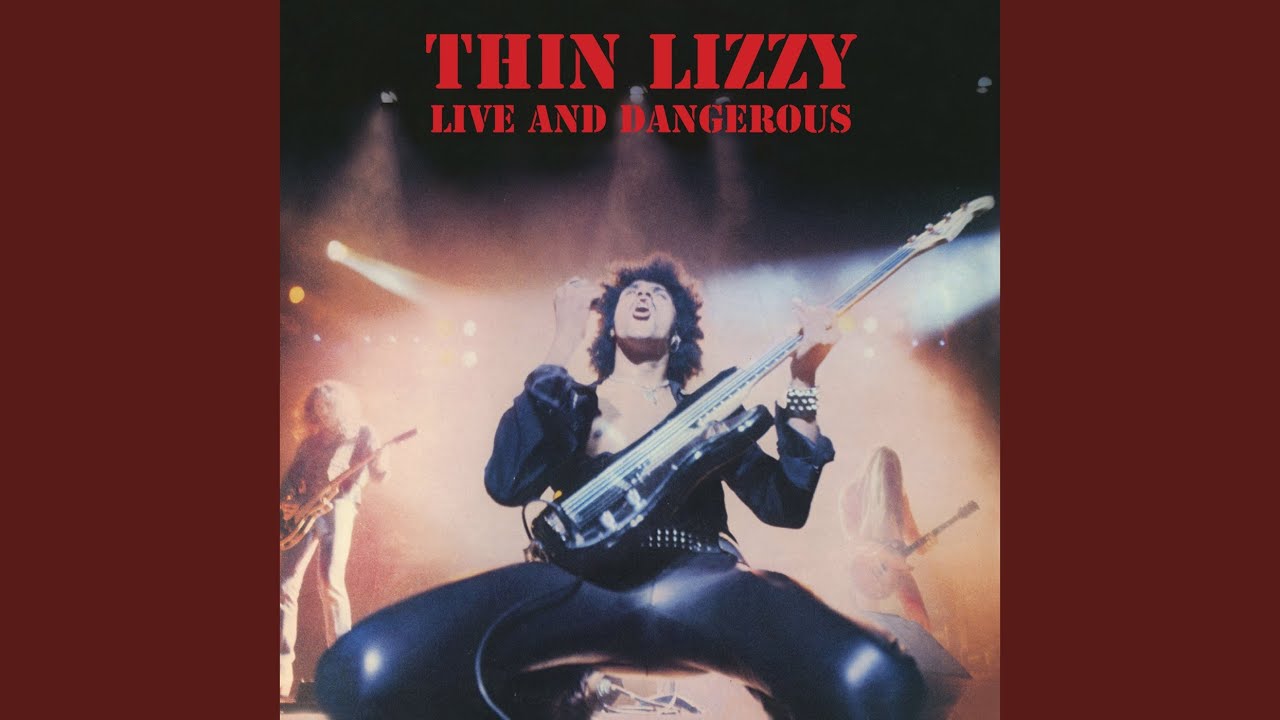Scott Gorham had stiff competition in his bid to partner Brian Robertson in a new-look Thin Lizzy. Indeed, before the electric guitar hero had earned his spot, 24 auditionees had tried out for the spot.
However, while Gorham may have made a lasting impression on the band during his own audition, his budget Les Paul copy certainly didn’t – and he was swiftly instructed to replace it after getting the nod.
In 1974, Thin Lizzy were looking to establish a steady line-up after a period of upheaval. Original guitarist Eric Bell had departed in late 1973, with Gary Moore briefly forming a power trio alongside Lynott and drummer Brian Downey. Not long after, the 18-year-old Les Paul-wielding Robertson entered the picture – but he needed a partner.
Discussing his early Thin Lizzy days in the new issue of GuitaristGorham says he only had 30 days left on his visa when his audition took place. Thin Lizzy knew they had finally found their man when Gorham turned up, but here was a guitar-shaped elephant in the room that Lynott was quick to address.
“I had a really cheap-ass, no name Japanese Les Paul copy,” Gorham reflects to Guitarist. “That’s one of the first things Phil said to me: ‘Okay, you’re in, but we gotta change that guitar.’”
Gorham had reason to celebrate. He was eager to splash the cash to cement his place in a band he’d go on to produce nine albums with, while partnering with Robertson and a future cohort of Thin Lizzy stars.
“We went to Edgware Road [in London] and I bought my sunburst Les Paul,” Gorham continues. “But even before he had the stompboxes and all that, Robbo had some great tones coming out of that guitar.”
Gorham recapped his Thin Lizzy audition during an interview with Guitar Player last year, and judging by his recollection, it’s easy to see why Lynott was so against the budget LP making its way into the Lizzy lineup.
“It started to fall apart, right in front of everybody’s eyes,” he says. “Which was very embarrassing!”
No moment was more embarrassing than when the guitar began shedding screws.
“Both Phil and I, we were both on our knees trying to find this damn screw,” he adds, “And I said, ‘Ah, forget it,’ and I just ripped the scratchplate off.”

Despite such embarrassment, he got the gig. Bolstered by the fruitful tandem of Gorham-Robertson, Thin Lizzy produced what is widely considered their strongest three-album run with Nightlife (1974), Fighting (1975), and Jailbreak (1976).
Gorham is currently recovering from quite the health scare, and he’s had to undergo three surgeries to counter his issues.
“I had a health issue scare about a year ago with a kidney that had to be removed,” he details. “I got sepsis from it. The second surgeon said I actually died on the operating table and all that. And I was, like, ‘Really, man? What the hell is all that about?’”
Alongside its feature on Thin Lizzy’s history told through the guitarists who made it, the new issue of Guitarist features interviews with Bob Mould, and Larry DiMarzio, and an in-depth look at Fender’s pre-CBS Stratocasters.
Pick up a copy from Magazines Direct.
